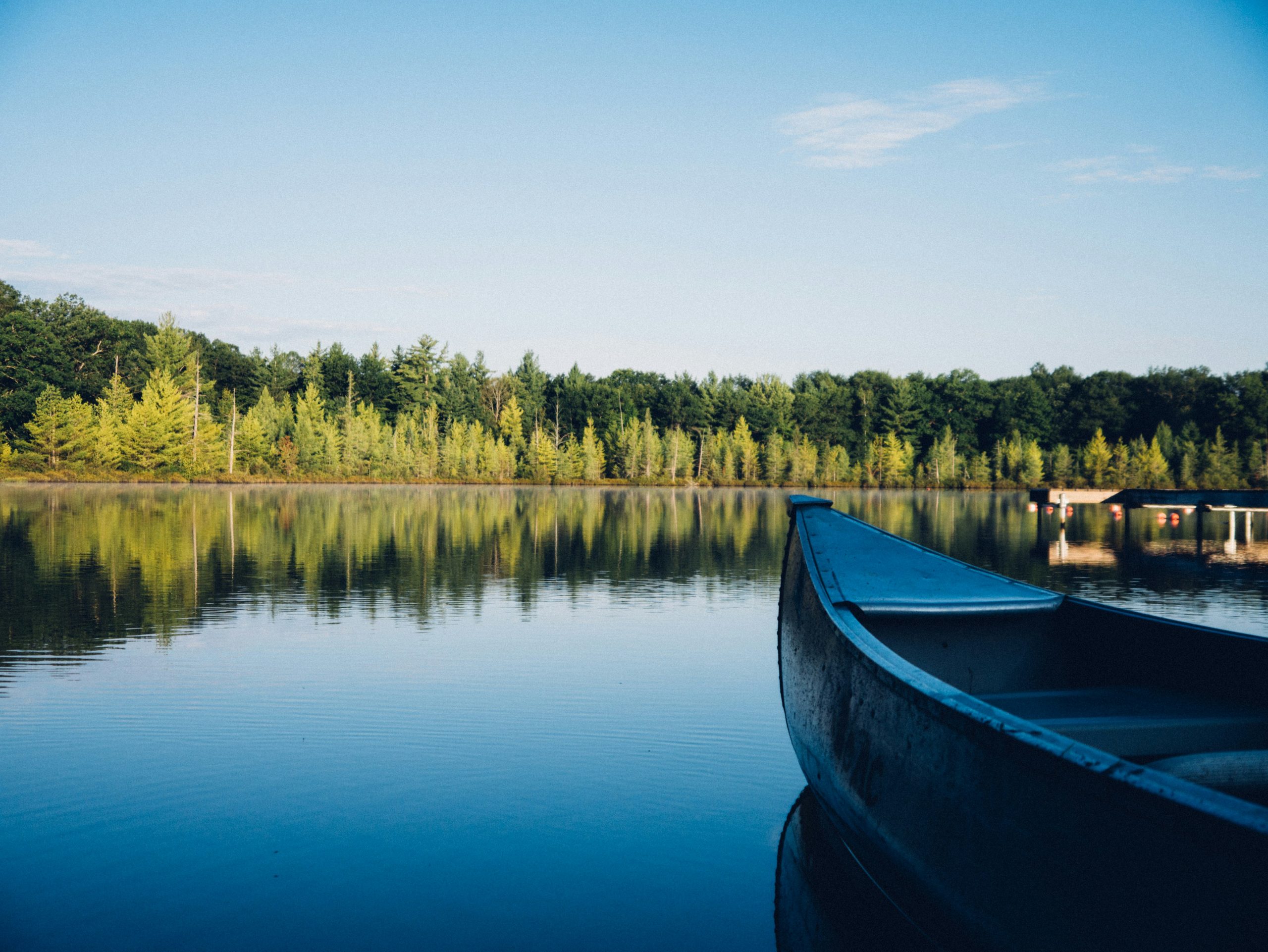
Tar River Fishing, the best in North Carolina
- Share
- Share
- Share
- Share
Tar River Fishing, the best in North Carolina
Fishing the Tar River in North Carolina can be a fantastic experience due to its diverse fish species and scenic environment. Here’s a detailed guide to help you make the most of your fishing adventures on the Tar River:
- Understanding the River
- Sections: The Tar River flows from the Piedmont region near Rocky Mount down to the estuarine waters near Washington, North Carolina. Each section offers different fishing opportunities.
- Current and Structure: The river has a mix of fast-flowing and slow-moving sections. Look for riffles, pools, eddies, and submerged structures to find fish.
- Key Fish Species
- Largemouth Bass
- Habitat: Found in slower-moving sections, backwaters, and around submerged structures.
- Best Times: Spring through fall, particularly during warmer months.
- Techniques: Use soft plastics, crankbaits, spinnerbaits, and jigs. Focus on areas with structure like fallen trees and vegetation.
- Smallmouth Bass
- Habitat: Prefer faster-flowing sections and rocky areas.
- Best Times: Spring and fall, though they can be caught year-round.
- Techniques: Use crankbaits, soft plastics, and spinnerbaits. Target rocky outcrops and current breaks.
- Catfish (Channel and Flathead)
- Habitat: Found in deeper, slower-moving sections and around structures.
- Best Times: Spring through summer, with peak activity during warmer months.
- Techniques: Bottom fishing with cut bait, chicken liver, or stink baits.
- Crappie
- Habitat: Found in deeper pools and areas with submerged structures.
- Best Times: Spring (during spawning) and fall.
- Techniques: Use small jigs, minnows, or crappie-specific lures. Focus on submerged structures and deeper water.
- Bluegill and Other Sunfish
- Habitat: Prefer shallow, warmer sections with vegetation.
- Best Times: Spring and summer.
- Techniques: Use small worms, crickets, or artificial lures. Fishing near vegetation and in shallow waters is effective.
- Optimal Fishing Techniques
- Casting: For bass, cast near structures like logs, rocks, and vegetation. Use a steady retrieve with occasional pauses to mimic prey movement.
- Bottom Fishing: For catfish, use a bottom rig with weights to keep bait on the riverbed. Regularly check for bites.
- Fishing with Live Bait: Live bait like minnows or worms can be effective for bass, crappie, and other species.
- Gear and Tackle
- Rods and Reels: Use medium to heavy rods for larger species like bass and catfish. Light to medium rods are suitable for crappie and sunfish.
- Lines: A 6-12 lb test line works well for bass. For catfish, use a 20-30 lb test line. Use lighter lines (4-6 lb test) for crappie and sunfish.
- Hooks and Baits: Use appropriate bait and lures for each species. For bass, try soft plastics and crankbaits. For catfish, use cut bait and stink baits.
- Best Times to Fish
- Early Mornings and Late Evenings: Many fish species are more active during these times, especially in warmer weather.
- Seasonal Patterns: Spring and fall generally offer the best fishing conditions due to increased fish activity related to spawning and cooler temperatures.
- Safety and Regulations
- Fishing Licenses: Ensure you have a valid North Carolina fishing license.
- Regulations: Be aware of size and bag limits for different species. Regulations can vary by region and species, so check the North Carolina Wildlife Resources Commission’s website for current information.
- Safety Gear: Wear a life jacket if you’re on a boat. Also, bring plenty of water, sun protection, and a first aid kit.
- Local Knowledge and Resources
- Tackle Shops: Visit local tackle shops for up-to-date information on fishing conditions and tips specific to the Tar River.
- Guides: Consider hiring a local fishing guide if you’re unfamiliar with the river. They can offer valuable insights and increase your chances of success.
- Ethical Fishing Practices
- Catch and Release: Handle fish gently and release them quickly to minimize stress and injury, especially if you’re not keeping them for consumption.
- Respect the Environment: Follow the Leave No Trace principles, clean up after yourself, and avoid disturbing wildlife and natural habitats.
- Gear Maintenance
- Regular Checks: Inspect your gear for any damage or wear before heading out. Regular maintenance helps ensure everything functions properly.
- Clean Equipment: After fishing, clean your gear to remove any debris or contaminants, particularly if you’ve been fishing in different water bodies.
Fishing the Tar River can be a rewarding experience with the right preparation and knowledge. By understanding the river’s conditions, using appropriate gear and techniques, and following local regulations, you’ll enhance your chances of having a successful and enjoyable fishing trip. Enjoy your time on the river!
Top of Form
Bottom of Form
For more fishing tips and advice and to find the very best fishing guides in America visit us at www.usfishingguides.com. At USFG we bring only the very best guides in the United States together under one roof to ensure you have the most amazing experience possible. Learn More Today!
Check us our page on Facebook, at US Fishing Guides
We also created a group to share tips and advice at Fishing US
Tar River Fishing, the best in North Carolina

We write rarely, but only the best content.
Please check your email for a confirmation email.
Only once you've confirmed your email will you be subscribed to our newsletter.



